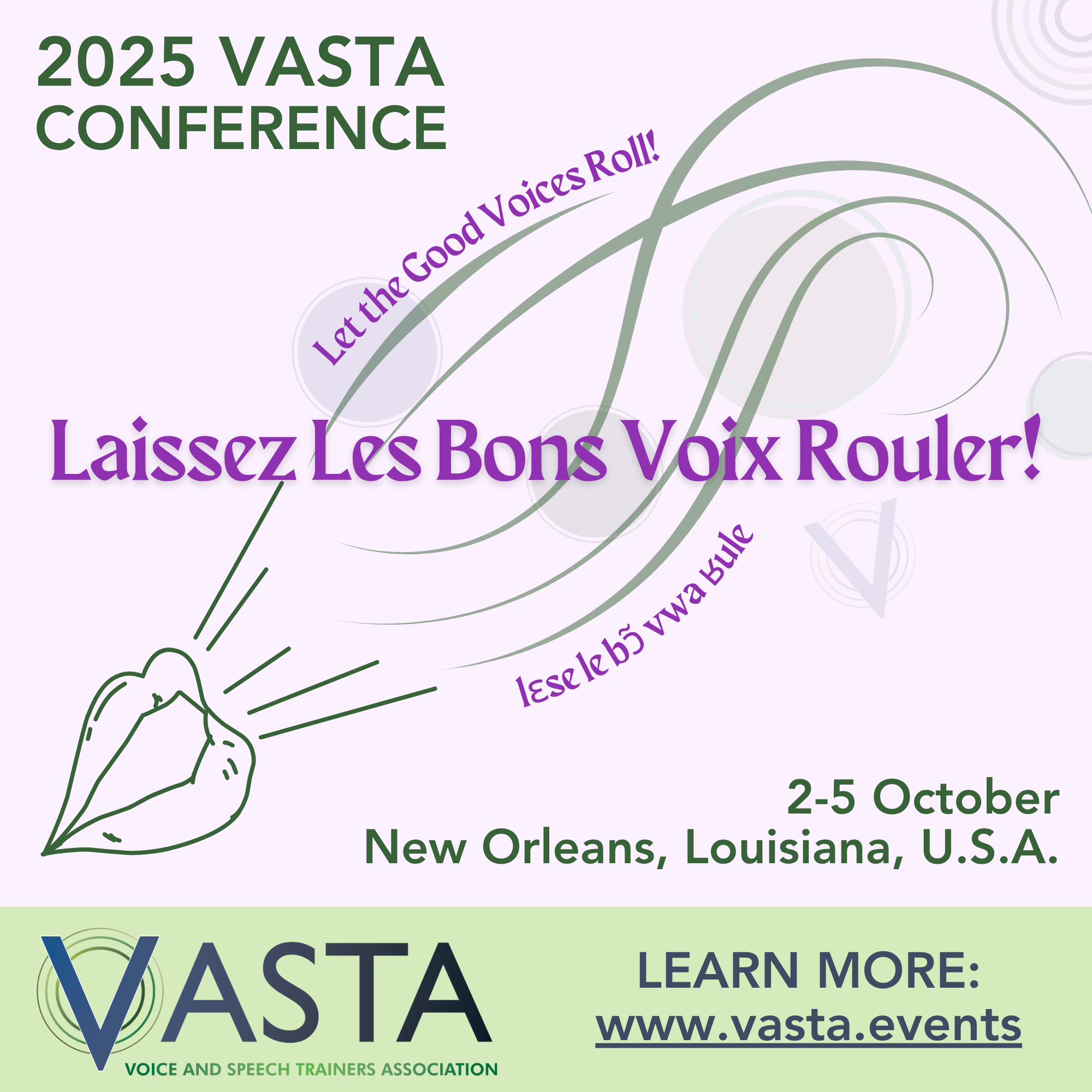India 3
Listen to India 3, a 23-year-old man from Tamil Nadu, India. Click or tap the triangle-shaped play button to hear the subject.
Both as a courtesy and to comply with copyright law, please remember to credit IDEA for direct or indirect use of samples. IDEA is a free resource; please consider supporting us.
BIOGRAPHICAL INFORMATION
AGE: 23
DATE OF BIRTH (DD/MM/YYYY): 1978
PLACE OF BIRTH: Madurai, Tamil Nadu, India
GENDER: male
ETHNICITY: N/A
OCCUPATION: student
EDUCATION: He was a graduate student in computer science at the time of this interview.
AREA(S) OF RESIDENCE OUTSIDE REPRESENTATIVE REGION FOR LONGER THAN SIX MONTHS:
Subject was living in Lawrence, Kansas, in the United States, at the time of this interview. He’s also lived in other places in India besides his place of birth.
OTHER INFLUENCES ON SPEECH:
He has been a regular student of English, Tamil and Hindi since his early school days.
The text used in our recordings of scripted speech can be found by clicking here.
RECORDED BY: David Martin
DATE OF RECORDING (DD/MM/YYYY): 15/03/2001
PHONETIC TRANSCRIPTION OF SCRIPTED SPEECH: N/A
TRANSCRIBED BY: N/A
DATE OF TRANSCRIPTION (DD/MM/YYYY): N/A
ORTHOGRAPHIC TRANSCRIPTION OF UNSCRIPTED SPEECH:
I was born in Madurai, which is a temple of a city of temples. It’s called the city of temples. It’s situated in, located in Tamil Nadu, which is basically located in South India. And I was brought up in different places, not necessarily, though I was born Madurai. I was brought up places like Chennai, which is again the capital city of Tamil Nadu, and a big metropolitan city as far as South India is concerned. I was brought up in places like Coimbatore, which is the third largest city in Tamil Nadu, and I was also brought up in … I was also … I also did my initial year of schooling in Bombay, and it is the largest metropolitan city … very large metropolitan city. It’s actually now a cosmopolitan city as well. So, since I did my initial years of schooling in Bombay, and Tamil, my mother tongue, again, became a problem, I wasn’t introduced to Tamil as a writing language. I just used it for speaking. And for other conversations, for writing, I started using Hindi,which became my primary mode of writing, though I did my other languages. I mean, that was my second language, basically. My primary language is, of course, English, though my mother tongue was Tamil. When I came back to Chennai for my ninth grade, I finished my schooling and did my four years of college over there. I am now here at KU doing my masters in computer science. Basically, if you see, I think there are around 1845 languages spoken all over India. So, it becomes…I mean, each state has a separate language of its own, so the main mode of conversation in the southern states, since different states in Southern India have different languages. The main mode of conversation in Southern India becomes English. Whereas, if you go into the northern parts of India, Hindi becomes a primary language in most of the states. So, conversation is usually done in Hindi in the northern part of India. But between the southern…within the southern states and between the southern part of India and the northern India, it’s usually English. It’s not that Hindi isn’t spoken in South India. It’s picking up nowadays. I mean we can find that at least fifty to sixty percent of the people in South India speak very good Hindi as well as English. So, that’s the way our communication goes on, I mean, Hindi and English is the mode of language…the mode of communication when you go across states, across parts. Well, it all started off when the Mogul Emperor Jahangir allowed the East India Company to start off a business in India. And, as it was seen that once in The East India Company got a strong foundation. They started occupying the states in order to bring India under a central rule, which they were eventually successful. But after the uprising in 1857, which we had the first war of indepen… Indian independence. The British Government decided to take it over from the East India Company, and it came under the entire British common rule. And we had great leaders like Mahatma Gandhi and Jawaharlal Nehru who fought for freedom, struggled and fought for freedom, which eventually we got in 1947, August 15th. Lord Mountbatten declared India an independent country. [He speaks in Hindi.] Which means, this was a wonderful experience for me, and I’d like to thank Dave for the opportunity.
TRANSCRIBED BY: David Martin and Charles Heale
DATE OF TRANSCRIPTION (DD/MM/YYYY): 2001
PHONETIC TRANSCRIPTION OF UNSCRIPTED SPEECH: N/A
TRANSCRIBED BY: N/A
DATE OF TRANSCRIPTION (DD/MM/YYYY): N/A
SCHOLARLY COMMENTARY: N/A
COMMENTARY BY: N/A
DATE OF COMMENTARY (DD/MM/YYYY): N/A
The archive provides:
- Recordings of accent/dialect speakers from the region you select.
- Text of the speakers’ biographical details.
- Scholarly commentary and analysis in some cases.
- In most cases, an orthographic transcription of the speakers’ unscripted speech. In a small number of cases, you will also find a narrow phonetic transcription of the sample (see Phonetic Transcriptions for a complete list). The recordings average four minutes in length and feature both the reading of one of two standard passages, and some unscripted speech. The two passages are Comma Gets a Cure (currently our standard passage) and The Rainbow Passage (used in our earliest recordings).
For instructional materials or coaching in the accents and dialects represented here, please go to Other Dialect Services.
 IDEA: International Dialects of English Archive
IDEA: International Dialects of English Archive



